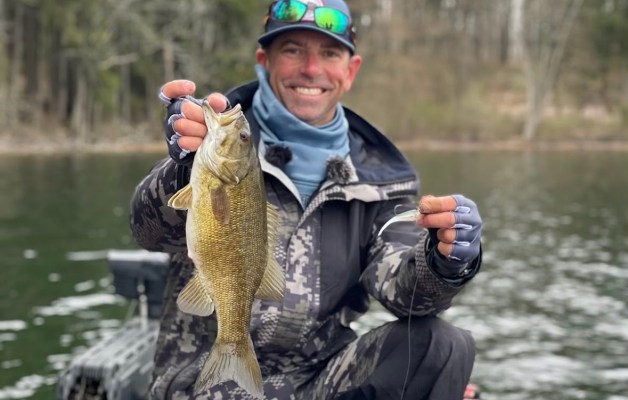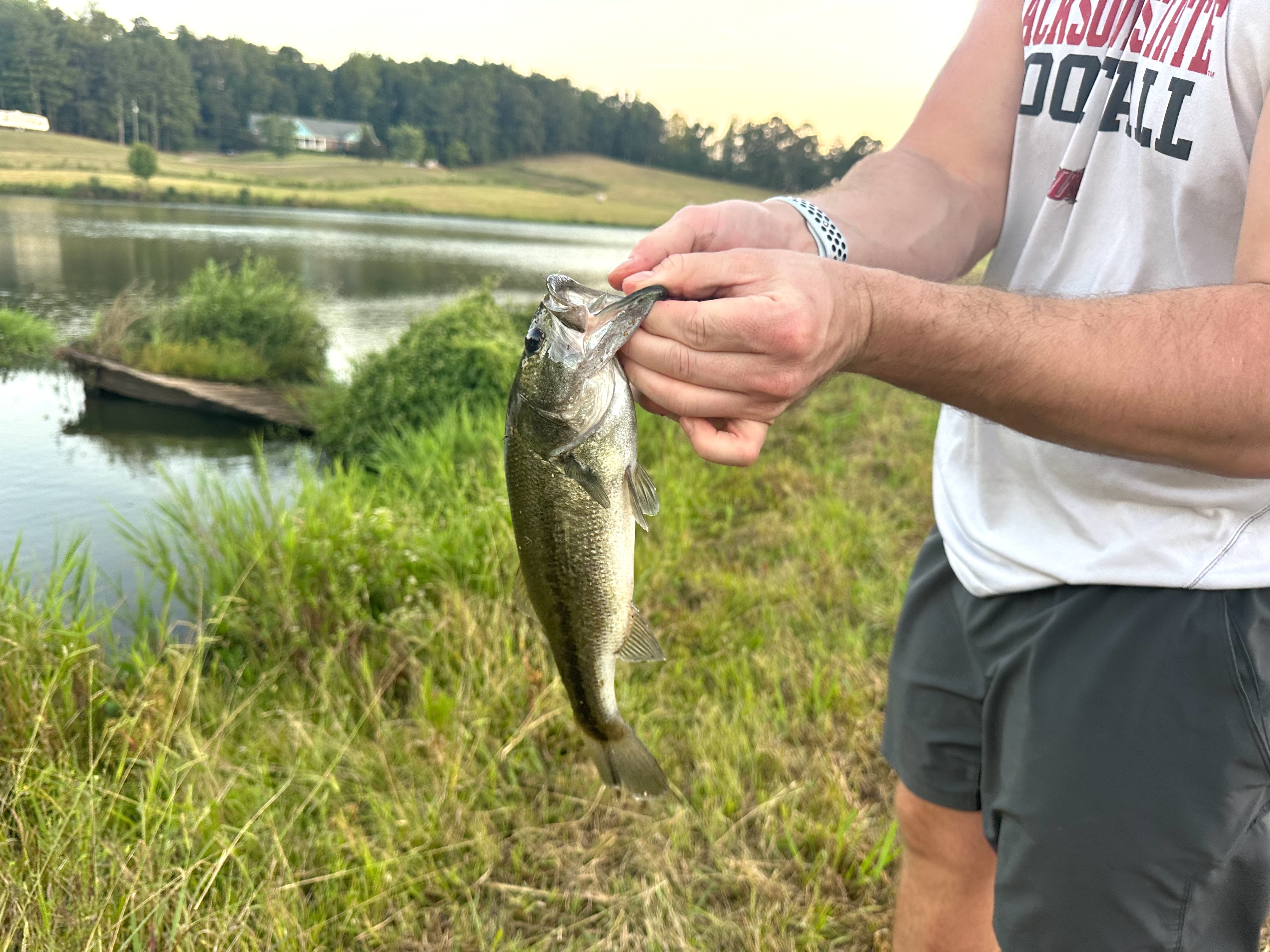
There’s nothing quite like getting together with friends to fish a new body of water. This week, after work, two friends and I decided to meet up and try out a new pond nearby. I’m sure many people experience that same thought in the back of their minds when they approach a pond for the first time: “Will this pond have fish? What if it doesn’t? What if it does, but I don’t know the right fishing style or bait to catch them?” The truth is, you never really know, right?
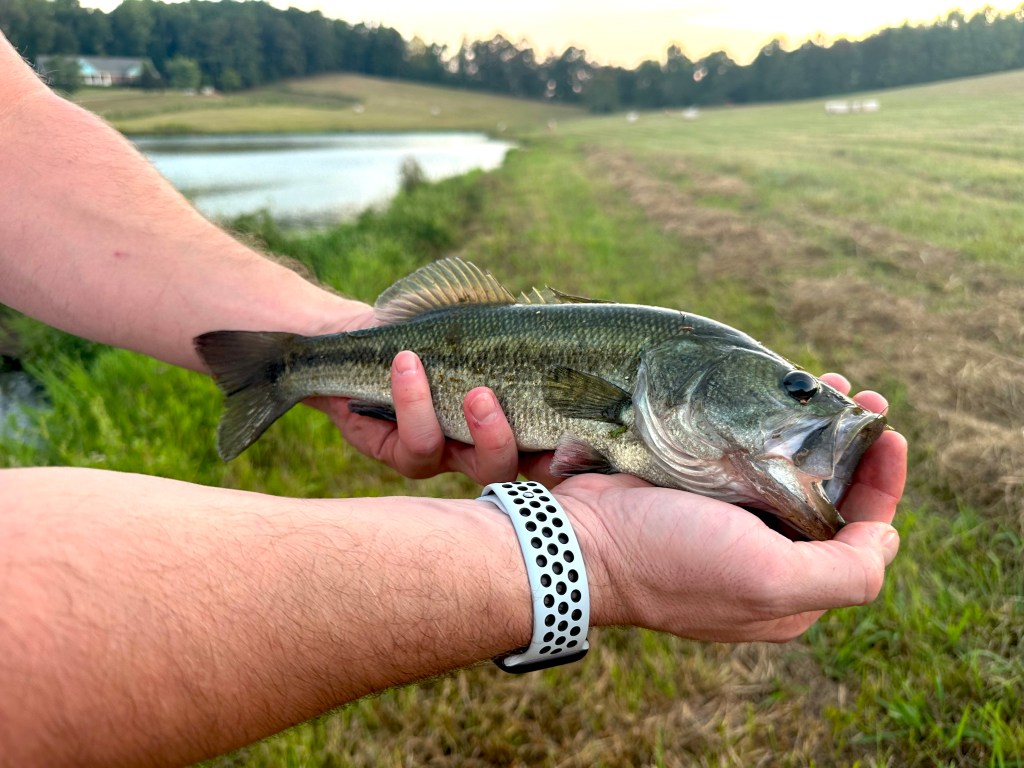
Most of the time, we don’t have a lot of resources for ponds like we do for lakes. If I’m fishing a lake, I usually have access to a wealth of information: tournament stats, guide reports, and mapping or contour data right at my fingertips. But when it comes to small bodies of water, especially those on private property, we often don’t have much information. Some friends use apps like Fishbrain to see if other anglers have had success or shared tips, which can be helpful. But when it really comes down to it, the only true way to understand how a pond fishes is to fish it repeatedly.
One of the best ways to learn a small body of water quickly is to fish with friends. You can have each friend try a different bait or strategy, ensuring a diverse approach. Fishing alone might take a few trips to find a good fishing pattern, but with friends all using different baits, it’s possible to identify a pattern in just one outing.
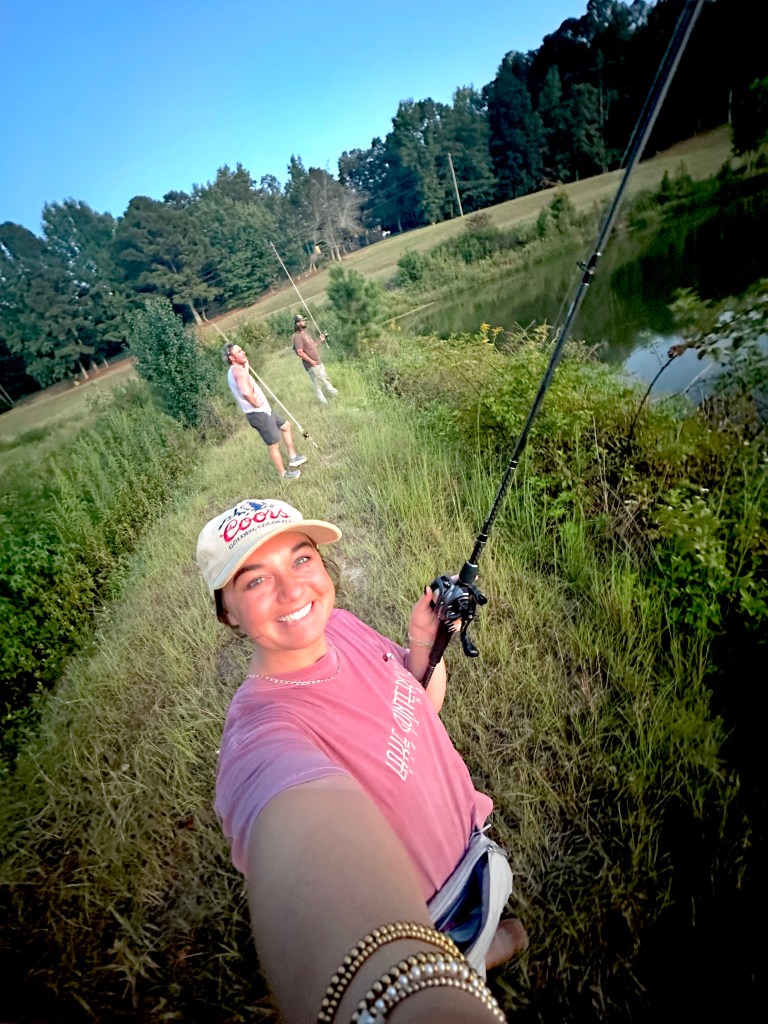
Patterning fish is all about trial and error. Many factors play into finding a consistent strategy that produces great results. When breaking down a body of water, consider these key factors:
- What season am I fishing?
- Which part of the water column are the fish staging in?
- What areas hold the most fish?
And the list goes on. Just as there are countless factors influencing where you fish and what you use, there are endless possibilities when it comes to bass behavior. However, don’t be intimidated by this. Remember, humans are natural problem solvers. You are designed to hunt. You are more than capable of patterning any animal in any environment, as long as you spend time gathering information.
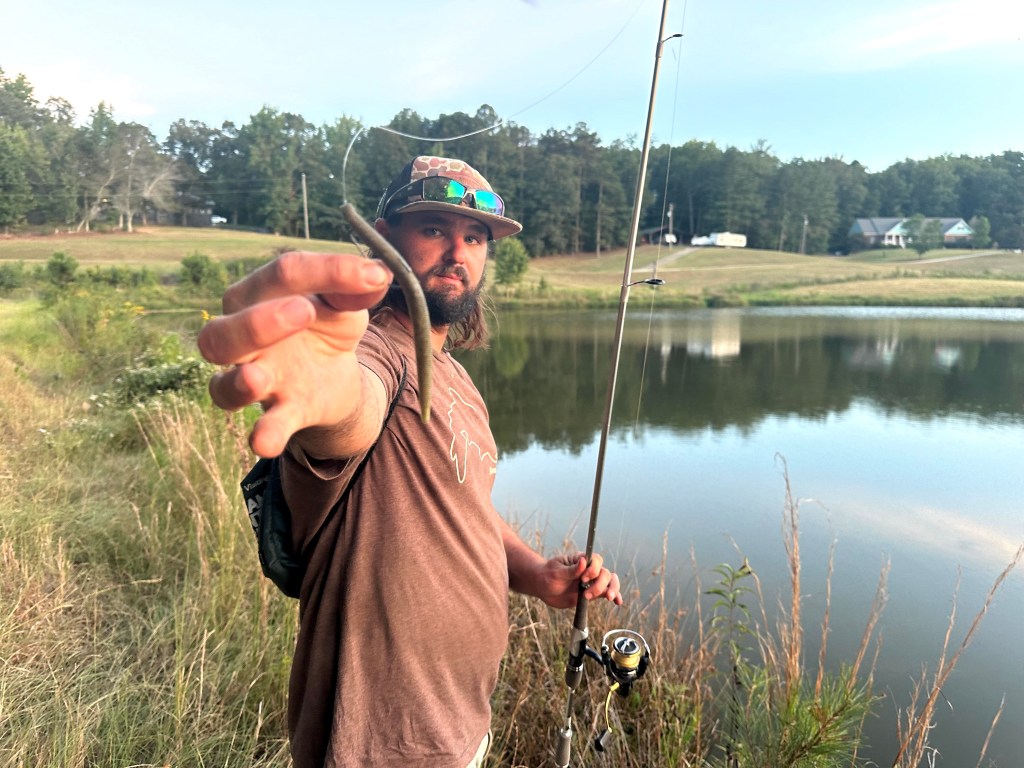
Many people assume our Elite Series pros have a special innate ability to catch fish, but I believe that’s not entirely true. The unique, God-given gift these pros have is the desire to find fish. They want to understand fish on such a deep, passionate level that it surpasses logic and reason. The importance of that desire is that it couples with memory. Simply put, the more you care about something, the more likely you are to retain that information and recall it later. A passionate angler essentially has a supercomputer full of data about all those factors for every body of water they’ve fished, and all they have to do is recall what they’ve learned.
Okay, enough about theory—let’s get into the good stuff. How can you use what you’ve learned to break down a body of water with friends? Here’s a simple strategy to get the most out of your fishing experience:
- Identify the Season: First, determine the season you’re fishing in. Whether it’s the dead of summer or a transition period between seasons, knowing this will guide your bait selection. There are typically three key baits that work in each season and during transitional periods. Check out the list at the end of this article for those key baits.
- Choose the Water Column: Next, decide which part of the water column to fish, meaning the depth you want your bait to consistently stay in. This concept can usually be broken down into topwater, mid-water, and deep-water columns. Fish move to different depths based on many factors, such as spawning, bedding, searching for food, or escaping the heat or cold. It’s a good idea to fish different depths to gauge what works best.
- Select Your Areas: Now that you’ve selected your baits and targeted depths, choose the areas you want to fish. The bait and water column you’re focusing on will typically determine the type of area. Some common areas include shallow banks, rock walls, shallow brush, deep water ledges, brush piles, docks, bridges, and vegetation.
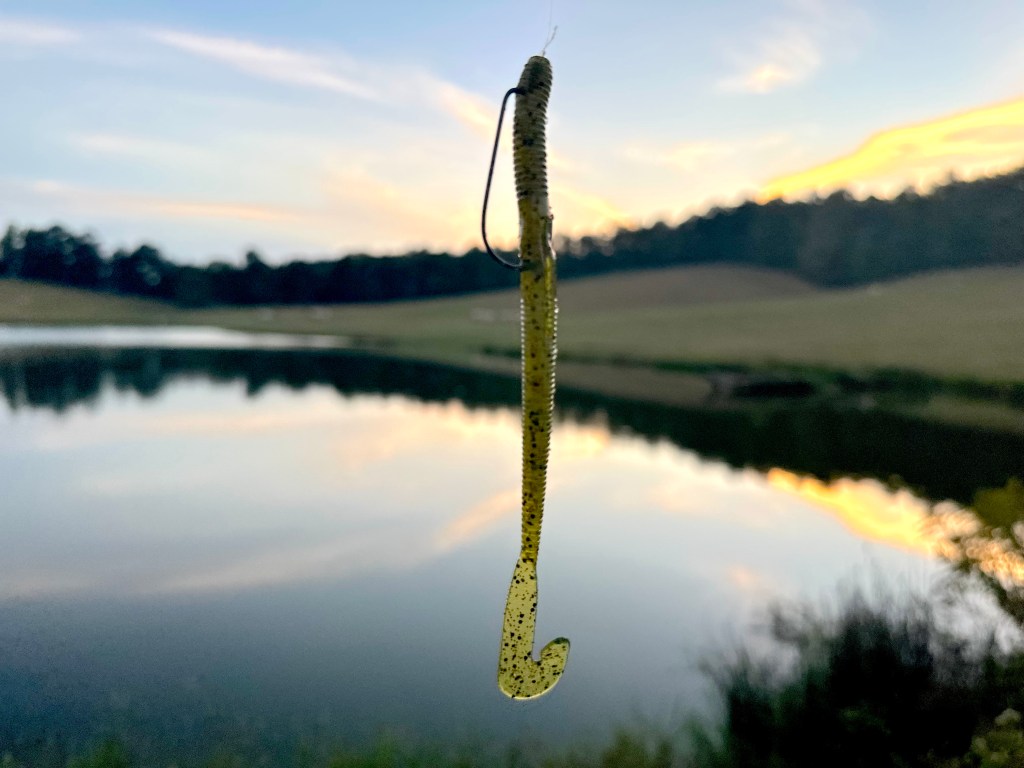
Below, I’ve created a guide with three proactive baits to use during each season, along with the typical depth they’re fished in and the areas they work well. This guide should be a steady reference for tackling a new body of water, whether you’re by yourself or with friends. Give it a try, and tight lines!
Seasonal fishing guide
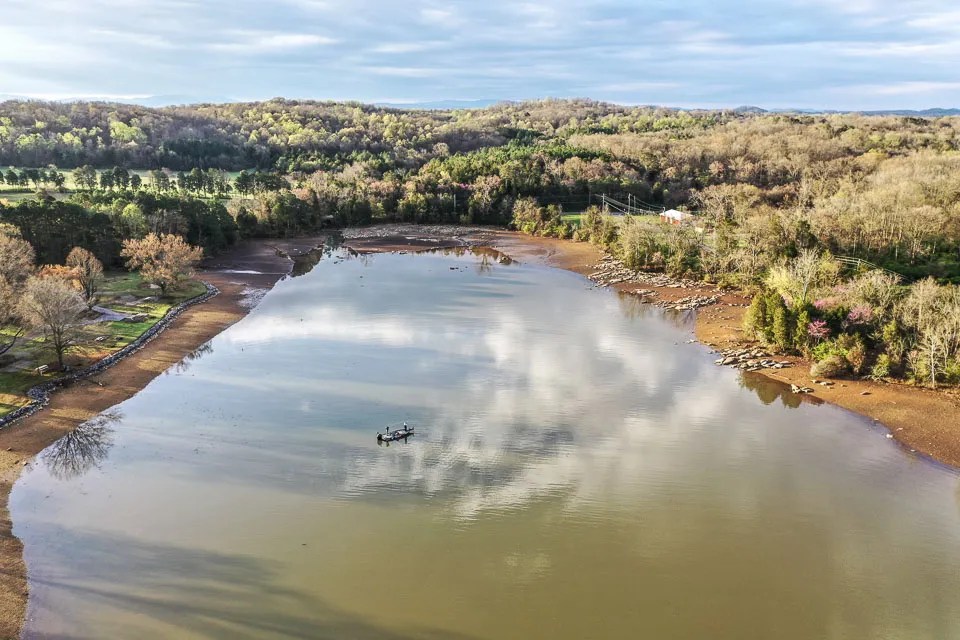
Spring:
- Topwater: Buzzbait
- Buzzbaits are excellent for targeting bass in shallow water during spring. They fish well around grassy shorelines, over submerged vegetation, and near laydowns or flooded timber. The loud, splashing action makes them ideal for covering water quickly and locating aggressive post-spawn bass.
- Mid-water: Spinnerbait
- Spinnerbaits are versatile and effective in various spring conditions. They work well around submerged vegetation, along the edges of cover, and near structures like docks and rock piles. The flash and vibration of the blades mimic baitfish, making them suitable for both clear and stained water.
- Deep-water: Jig with Craw Trailer
- This bait is effective in deeper water during the spring pre-spawn phase. It works well on rocky points, ledges, and around submerged wood or brush piles. Jigs can be fished slowly, mimicking crawfish, and enticing bass that are staging before moving shallow to spawn.
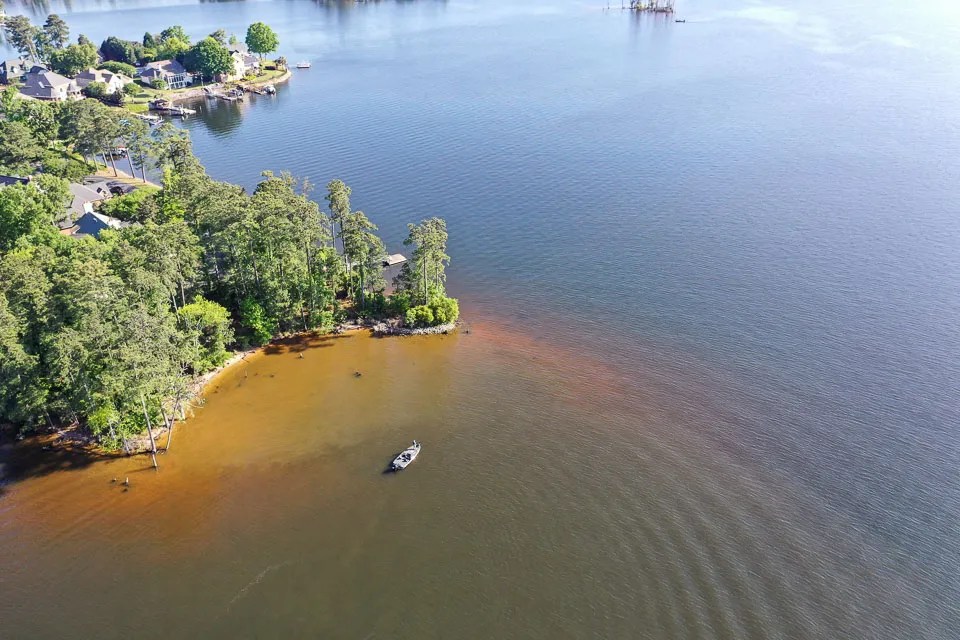
Summer:
- Topwater: Frog
- Frogs are ideal for fishing in thick vegetation like lily pads, grass mats, and hydrilla beds. In summer, bass often seek shade and cooler water provided by dense cover, making frogs an excellent choice for targeting them in these areas.
- Mid-water: Crankbait (Shallow to Mid-depth)
- A medium-diving crankbait (6-10 feet) is effective along rocky shorelines, around submerged stumps, and near submerged grass lines. It’s great for covering water quickly to find active bass, especially around docks and fallen trees.
- Deep-water: Deep Diving Crankbait
- Deep-diving crankbaits are best used around offshore structure such as ledges, deep points, and submerged humps. In the heat of summer, bass often hold in these deeper areas, and the crankbait’s ability to reach 15-20 feet makes it an excellent choice.
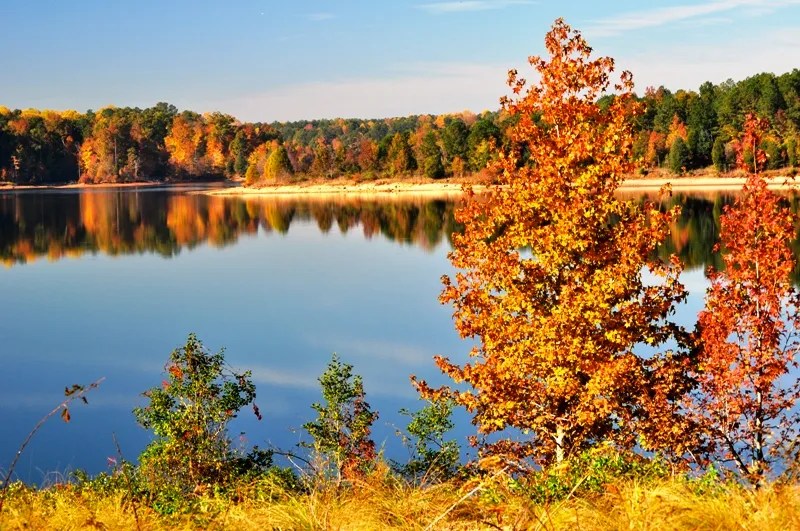
Fall:
- Topwater: Walking Bait
- Walking baits work well in open water and near the surface where shad are schooling. They are effective around shallow flats, along the edges of vegetation, and in coves where baitfish are concentrated. Their side-to-side motion triggers strikes from bass feeding up for winter.
- Mid-water: Swimbait
- Swimbaits are effective in areas with open water, around submerged grass lines, and near rocky points. In fall, bass often target larger baitfish, and swimbaits can be retrieved at varying depths to match where the bass are holding.
- Deep-water: Football Jig
- Football jigs are best used in deeper areas such as points, ledges, and around rock piles. They can be dragged along the bottom to mimic crawfish, making them an effective choice for targeting bass that are holding deeper as temperatures start to cool.
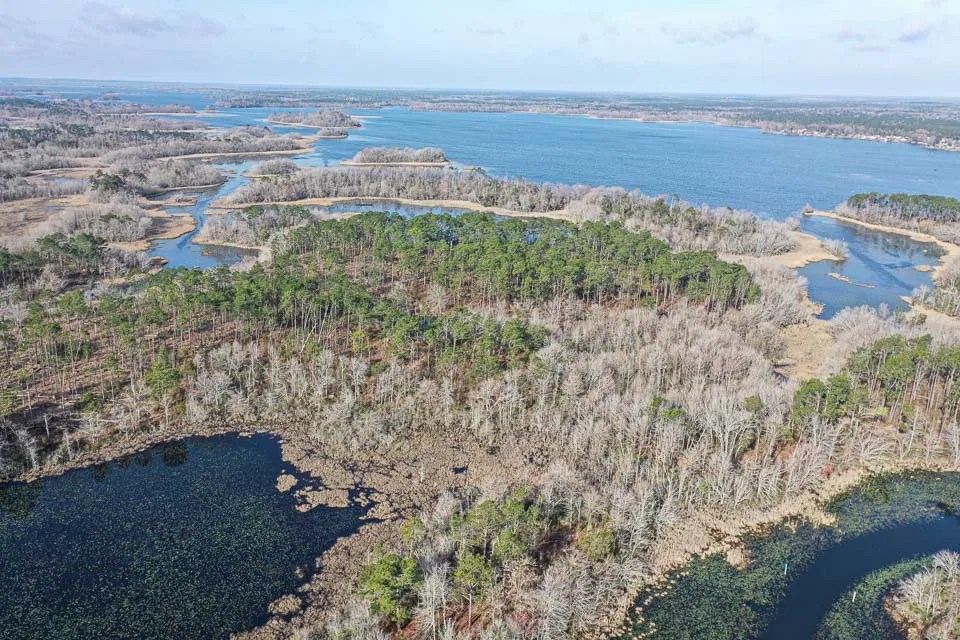
Winter:
- Topwater: Prop Bait
- While not traditionally a winter bait, prop baits can be used on warmer winter days in shallow areas where bass might be more active. They work well around the edges of vegetation, near docks, and over shallow flats where the water might be slightly warmer.
- Mid-water: Suspending Jerkbait
- Jerkbaits are effective in clear water, near rocky banks, points, and around submerged timber. They suspend in the strike zone, making them perfect for bass that are sluggish in colder water and require a slower presentation.
- Deep-water: Blade Bait
- Blade baits work well in deep, clear water, particularly around steep drop-offs, humps, and submerged creek channels. They can be vertically jigged to mimic dying baitfish, attracting bass that are holding deep during the cold winter months.
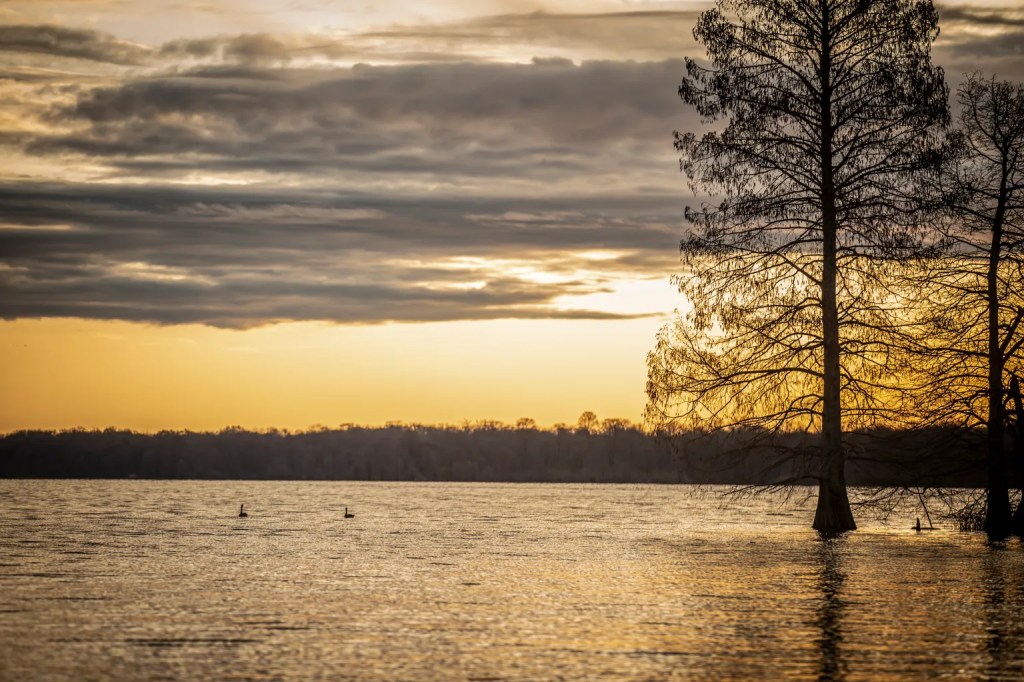
Spring Transition (Late Winter to Early Spring):
- Topwater: Popper
- Poppers are effective in shallow areas where bass are starting to move up to feed as the water warms. They work well along grassy banks, near laydowns, and around docks. The slow, popping action is ideal for early spring when bass are becoming more active but remain cautious.
- Mid-water: Lipless Crankbait
- Lipless crankbaits are excellent for covering water quickly and locating transitioning bass. Fish these over shallow flats, around submerged vegetation, and along riprap banks. Their ability to be fished at various depths makes them versatile, useful for targeting bass moving from deeper to shallower water in early spring.
- Deep-water: Jigging Spoon
- Jigging spoons are ideal for deeper water in late winter to early spring, where bass may still be holding before they move shallower. Use them near points, ledges, and around submerged timber. Jigging spoons mimic dying baitfish and can be vertically jigged to attract less active bass due to cooler temperatures.
Tips for Spring Transition:
- Monitor Water Temperature: As water begins to warm, bass will start migrating toward shallower spawning areas. Keep a thermometer handy to track these changes.
- Focus on Staging Areas: Target areas such as secondary points, drop-offs near spawning flats, and creek channels. These are prime spots where bass pause as they transition from deep to shallow water.
- Adapt Bait Selection: Early spring bass might respond better to slow-moving baits, while a warming trend could see them chasing faster-moving lures. Have a variety of baits ready to test.
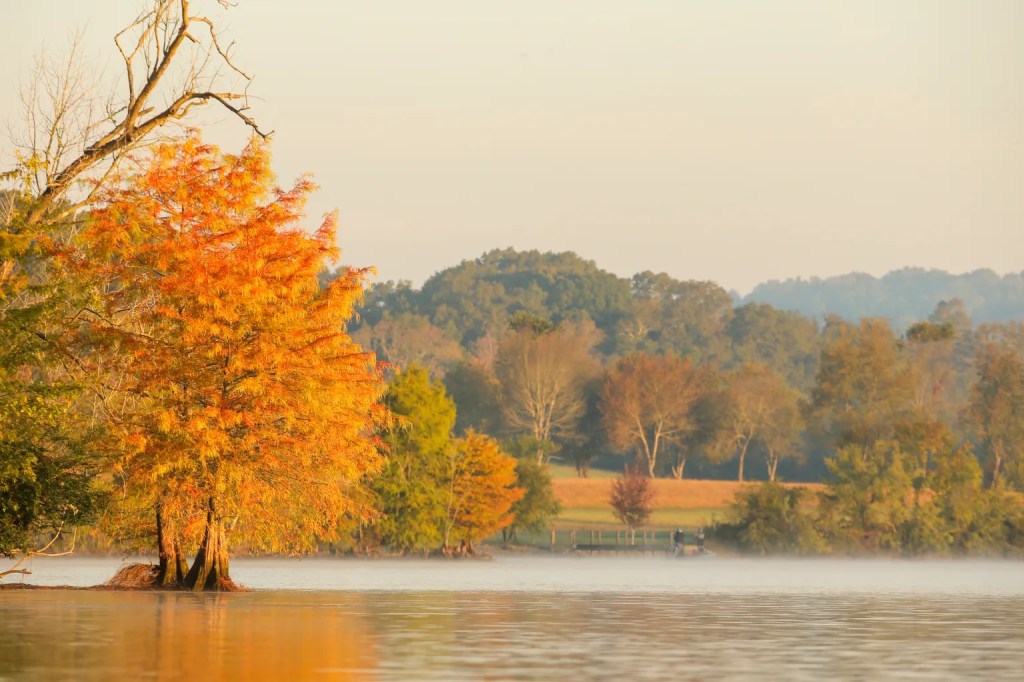
Fall Transition (Late Summer to Early Fall):
- Topwater: Walking Bait (e.g., Zara Spook)
- During the transition from summer to fall, walking baits become effective as bass start feeding on shad near the surface. Target open water areas, shallow flats, and along the edges of vegetation where baitfish are concentrated. The side-to-side action of walking baits can draw aggressive strikes from bass feeding up in preparation for winter.
- Mid-water: Chatterbait
- Chatterbaits are ideal for fishing around grassy areas, along the edges of submerged vegetation, and near docks. In the fall, bass often chase baitfish moving into creeks and coves, and the flash and vibration of a chatterbait can trigger bites. It’s perfect for bass transitioning from deeper summer spots to shallower fall feeding areas.
- Deep-water: Carolina Rig
- As fall temperatures cool, a Carolina rig is a reliable choice for bass that begin transitioning to deeper water. Fish it on deeper flats, around submerged humps, and along ledges. The subtle presentation of a Carolina rig makes it effective for bass starting to move to their winter habitats, offering a natural look that mimics prey.
Tips for Fall Transition:
- Vary Retrieval Speed: Fall bass can be aggressive but also wary as water temperatures fluctuate. Experiment with both fast and slow retrieves to see what triggers strikes.
- Observe Baitfish Movement: Fall bass often follow schools of shad or other baitfish into creeks and shallow coves. Pay attention to areas with visible baitfish activity or where birds are diving.
- Target Key Structures: Look for bass staging near primary points, mouths of creeks, and deeper ledges. These areas provide quick access to both feeding zones and deeper water for safety.



